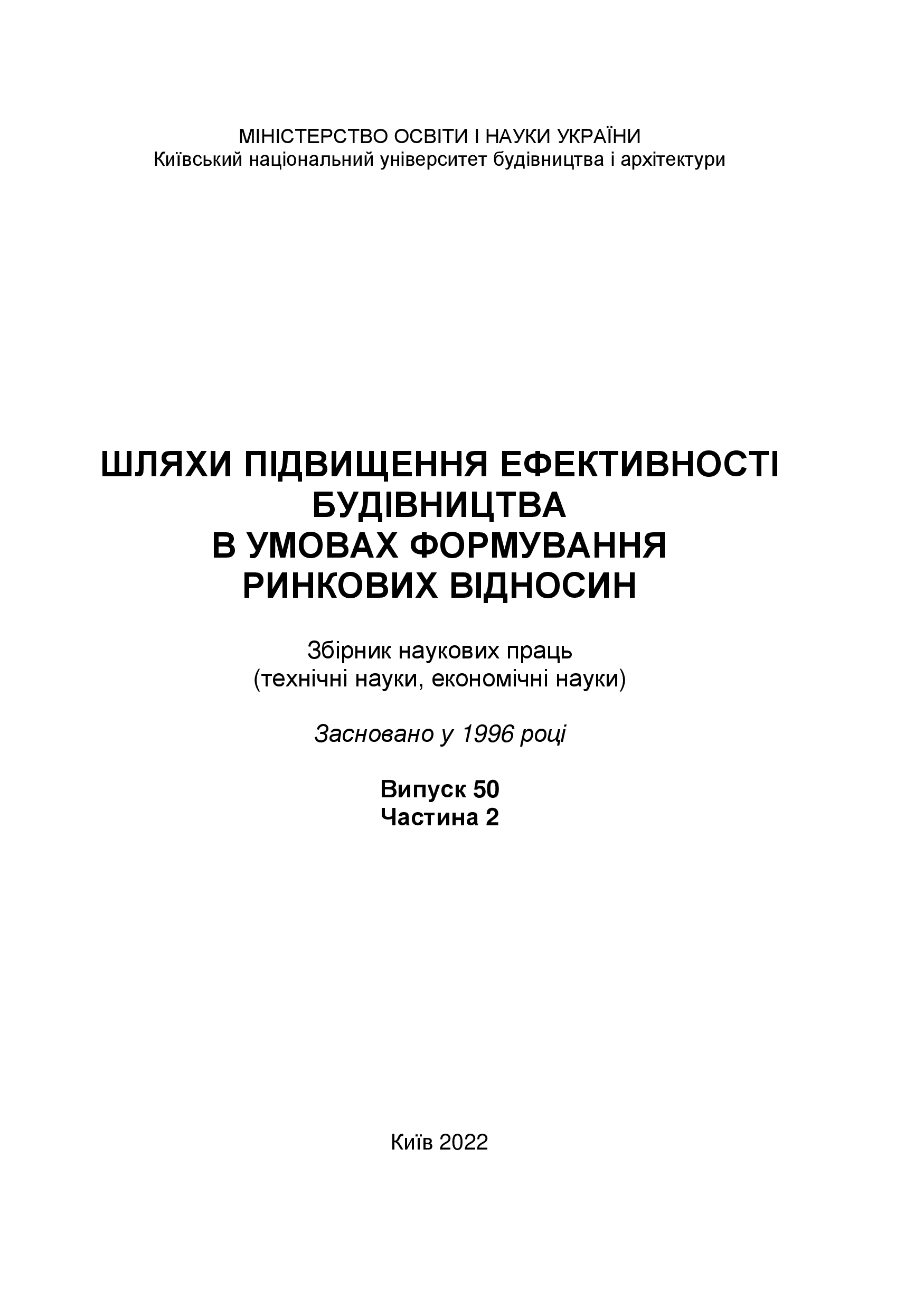Methodological foundations forming of organizational structures based on a systemic approach
DOI:
https://doi.org/10.32347/2707-501x.2022.50(2).61-68Keywords:
management, project management, organizational structure, socio–economic system, systemic approach, investment cycle, economic processes, costs, economic elementsAbstract
The article makes a scientific research of existing methodological approaches that have been formed in management. The article also analyses the causes of the collapse of investment projects, in particular in the construction industry, which threaten the stability of the functioning of national economies. All these researches give an opportunity to find the real causes of ineffective implementation of projects. The author offers a methodological approach to the formation of a holistic organizational structure of the socio–economic system, which has the goal to solve the problem of crisis phenomens in management. The author`s approach gives an opportunity to form organizational structure in an organic combination with the economic processes that take place in it and provide the qualitative formation of the organizational structure, which makes it possible to make control over each of its economic elements and ensure an absolutely effective management.
Based on a systemic approach, the author considers the organizational structure as a dynamic system that consists from economic elements which necessary for the effective implementation of the purpose of the created structure. This approach to considering the organizational structure is different from the traditional one, in which the structure of the organization is a static system, the elements of which are only labor resources with defined functions.
Consideration of the organizational structure as an integral system that consists from selected homogeneous economic elements which structure on the basis of normative model in which the management and managed subsystems are allocated, and also there are the main, auxiliary and service production in the managed subsystem gives an opportunity to form a normative model of the organizational structure which provides qualitative structuring of all its elements.
References
Матюхин А.Б. Об одном подходе к теории синтеза организаций // Методологические проблемы теории организации. 1976, Ленинград: “Наука”. С. 62–76.
Мильнер Б.З. Методы анализа и формирования организационных структур управления: опыт системного исследования. Системные исследования. Mетодологические проблемы. Ежегодник 1980. M.: Наука, 1981. C.109–134.
Обер–Крис Дж. Управление предприятием: классика менеджмента. М.: Сирин, 1997. 256 с.
Рудь Н.С. Повышение эффективности функционирования строительных объединений на основе совершенствования их производственных структур: Дис… канд. экон. наук: 08.00.05. К.,1984. 171 с.
Mingus Nancy. Alpha teach yourself. Project management in 24 hours. USA. 2002. 426 p. China
Rodney Turner J. The handbook of project–based management: leading strategic in organization. – 3rd ed. USA, 2002. 470 p.
Кузьмін О.Є. Концепція та еволюція процесно–структурованого менеджменту. Економіка: реалії часу. 2012. №2(3). С. 7–16. URL: https://economics.net.ua/files/archive/2012/No2/7–16.pdf
Подольчак Н.Ю. Heven теорія мотивації. Економіка: реалії часу. 2016. №4. С 6–12. URL: https://economics.net.ua/files/archive/2016/No4/6.pdf
Dupret K., Pultz S. People as Our Most Important Asset: A Critical Exploration of Agility and Employee Commitment. Project Menegement Journal. 2022. Vol.53 (3). Pp. 219–235. DOI: 10.1177/87569728221077013. URL: https://journals.sagepub.com/doi/full/10.1177/87569728221077013
Shazia Nauman, Ata Ul Musawir, Sania Zahra Malik and Hina Munir Servant Leadership and Project Success: Unleashing the Missing Links of Work Engagement, Project Work With Withdrawal, and Project Identification. Project Menegement Journal. 2022. Vol.53 (3). Pp. 257–276. DOI:10.1177/87569728221087161. URL: https://journals.sagepub.com/doi/full/10.1177/87569728221087161
Stvenson A., Li C. What to Know About China Evergrande, The Troubled Property Giant. The New York Times. 9 Dec. 2021. URL: https://www.nytimes.com/article/evergrande–debt–crisis.html
Downloads
Published
How to Cite
Issue
Section
License

This work is licensed under a Creative Commons Attribution 4.0 International License.
Authors who publish with this journal agree to the following terms:
- Authors retain copyright and grant the journal right of first publication with the work simultaneously licensed under a Creative Commons Attribution License that allows others to share the work with an acknowledgement of the work's authorship and initial publication in this journal.
- Authors are able to enter into separate, additional contractual arrangements for the non-exclusive distribution of the journal's published version of the work (e.g., post it to an institutional repository or publish it in a book), with an acknowledgement of its initial publication in this journal.
- Authors are permitted and encouraged to post their work online (e.g., in institutional repositories or on their website) prior to and during the submission process, as it can lead to productive exchanges, as well as earlier and greater citation of published work (See The Effect of Open Access).

